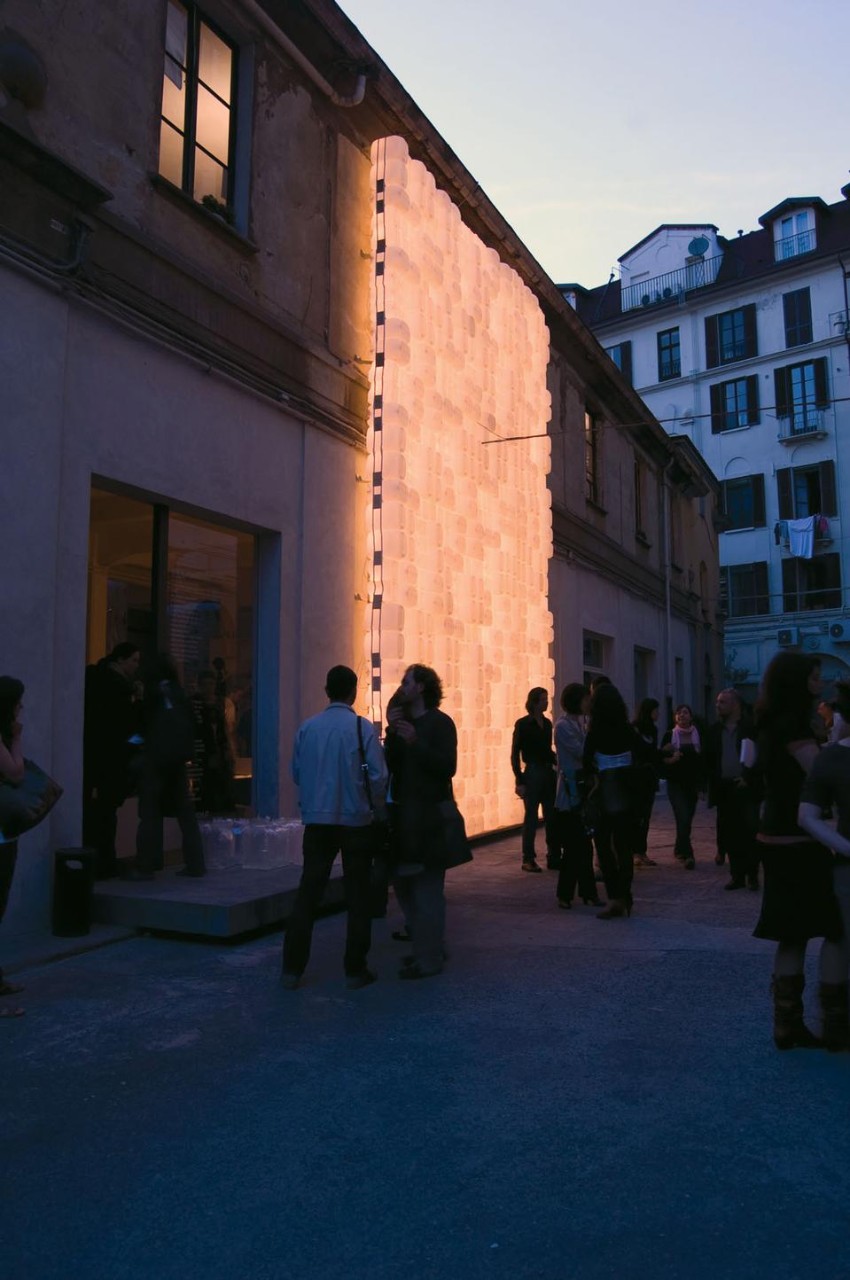Simona Bordone: What a great misunderstanding!
R.M. Absolutely. I went to have a look at the photos: and there it was, the solution to the problem. In Magdalena's text, you don't understand when the action is set (yesterday, today, in twenty years' time?), where it's set (a possible future space, like Tarkowskij's Solaris?) nor who the characters are - the lunatics in a setting like an asylum, the tramps in search of some kind of salvation, the strange beings who could be us - so it posed some complex problems of theatrical representation. Then light is a fundamental element in the play: everything in the text revolves around light, and around the whiteness of light. It could be fairly difficult to depict and, at the same time, preserve the balance between text, actors and set. The PSLAB work, RE/DO, incorporates the idea of reuse, though in a different sense - and an experimental theatre has to balance the books.
S.B. Is it common to have something like this, where a project developed in one context then moves to the theatre?
R.M. Usually the plays are developed for Teatro I, which is a fairly small space, and in the theatre the architectural structure of the stage always dominates.
S.B. So you could say they're "site-specific".
R.M. Right - but we're always open to the possibility of staging them in different spaces. This piece, for example, could be redesigned for a much larger space using the units that make up the set. So the challenge was to take a design from somewhere else and work out how to fit it into the theatre. In reality, it can happen that a serial construction resolves various stagecraft problems and shows itself to be more flexible than it might seem.
S.B. How did you adapt the piùarch installation, a large wall 5.24 metres by 7.87 in size, for the Lait set?
R.M. We had to move fast. The first night was 5 May and RE/DO [the installation] was being taken down on 27 April! The first idea for the staging was suggested by a word in the text, "corridor" (sometimes, it's a single word in the text that gives you an idea) - we were thinking of a suspended corridor of light acting as a counterpoint to the corridor at ground-level which the actors were using. But Barbara…
Barbara Cenni, PSLAB: Yes - at first I was a bit worried… I wasn't really clear how it could be used. The installation was developed as a vertical wall using a 120x120 unit. My concern was more technical than conceptual. We had spent a lot of time, during the design phase, talking about how the work could be used after we had taken it down: we were really enthusiastic about the idea of it becoming a stage set, something which was very different but at the same time faithful to the original. The suspended corridor then became different walls filling the theatre.
S.B. PSLAB presented it at the Fuori Salone as an experimental piece. How, in the current economic conditions, are you able to disregard the commercial side of things?
B.C. That's intentional. We never proceed from the necessity of bringing products to market - our work involves the best interpretation of light in a specific context. Besides, it was natural for PSLAB to begin to develop and produce the systems and lights for our concepts. Since we were initially based in Beirut, we couldn't count on an industrial infrastructure for the production of our designs - but, above all, producing them ourselves gives us complete expressive and creative freedom. So we're set up for production as well. In this case, the idea of the work was to re-use a pre-existing everyday object - a tank- and transform it. This is the answer to the question - given the urgency of creating new forms, many people are producing new objects, and so for PSLAB this isn't strictly necessary. Reusing pre-existing objects and forms is a sensitive approach to the problem of the over-production of forms, as well as of objects; it's another way of recycling.
Monica Tricario, piùarch: I would say that it was really the economic crisis that gave use the idea of re-using something that already exists. On the other hand, you do this all the time in architecture, especially in Italy, where there aren't many opportunities for creating new buildings. But transforming something is not only "giving it a new coat of paint": it's really about re-thinking spaces - it's a powerful creative act.
B.C. When they told us that the set seemed to have been made specifically for the play…well, we all took that as a great compliment.
S.B. What is the job of a playwright who wants to tackle the present?
Magdalena Barile: It's to write about the present. The first thing that I think is important - which is also a specific privilege of writing for the theatre - is that you're writing for bodies: you're thinking about individual people. When I began to write, I was thinking about Milutin Dapcevic [the play's male lead] and, in some way, about his light. The relationships you establish with real people matter. It was important to me what he said, what he thought, how he moved - everything he irradiated as a person. Then the needs of the story meant that I needed another character and I thought of Federica [Fracassi, the female lead], and Renzo knew them both well. So we began building the piece, until it became an organic whole. I was struck as well by the coincidence of having this strange overlapping, but a lot of the text is about an artist who is creating a work with light. When I saw the tanks, I said let's do it like that! At the start of the text, the setting is otherworldly - a cemetery garden with lights containing these spirits, these persons. They are characters that have been tricked by the idea of eternity and art, and so this installation added a positive element. There aren't many references to reality in the text: one of these is to the separate waste collection we have in Italy and how it's pointless - and, in fact, the idea of recycling in RE/DO underlines some aspects of text relating to light. Light preserves itself, it regenerates, it fades out, but the light I was writing about was originally slightly metaphysical - it was partly a reference to love as it develops in relationships. Then it changed its form thanks to the people who helped to construct the show.
S.B. You say that for you what's important is people, and basing your writing around encounters in the real world. So who is the artist you mention, "il Greco" ("the Greek")? Are you referring to anyone in particular?
M.B. "Il Greco" is conspicuous in his absence from the stage: he could be anyone - even one of us.
So everything comes together. Who knows whether Lait will continue in this virtuous circle? Perhaps it will be performed in Beirut by a courageous theatre which has commissioned PSLAB to redo the lights in its foyer - perhaps a cousin of an actor in the group is in contact with an artist in Miami who has a friend in Hollywood who studied architecture in Lithuania who had a relationship with a well-known Berlin playwright who has just been commissioned to arrange the programme for a festival of European theatre in Bombay which has as its theme…
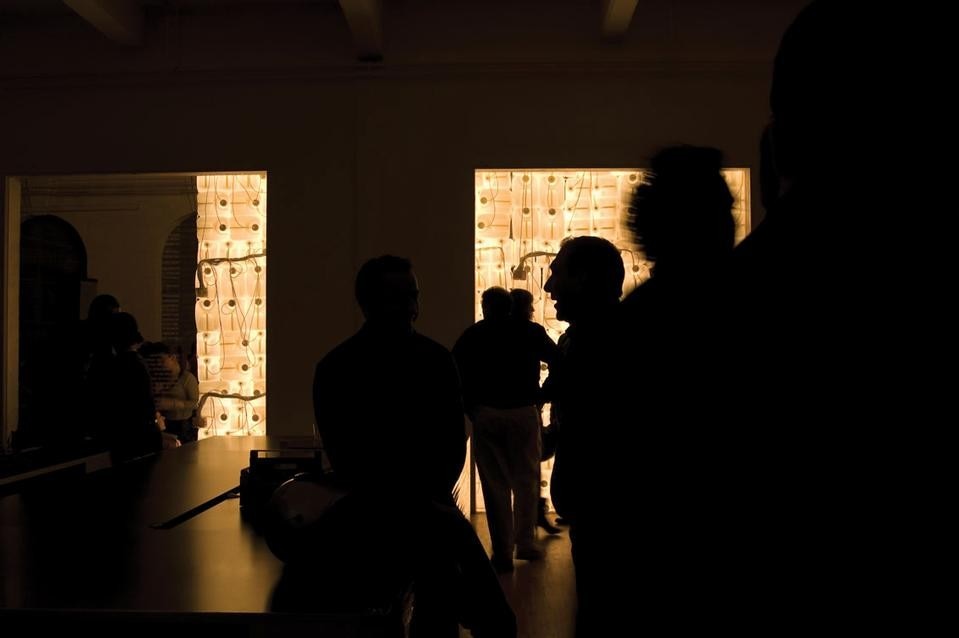
PSLAB Beirut
concept: Pascal Hacem
Dimitri Saddi, Samer Basbous, Wissam Khaled, Antoine Matli, Sana Asseh, Randa Takieddine, Kristine Samra, Elsie Moukarzel, Marie-Claire Mrad, François Baho, Laure Maalouf, Ramzi Haddad, Iris Fuderer, Barbara Cenni
piùarch, Milano
Francesco Fresa, Germàn Fuenmayor, Gino Garbellini, Monica Tricario, Luca Lazzerotti, Enrico Venturini, Jenny Spagnolatti
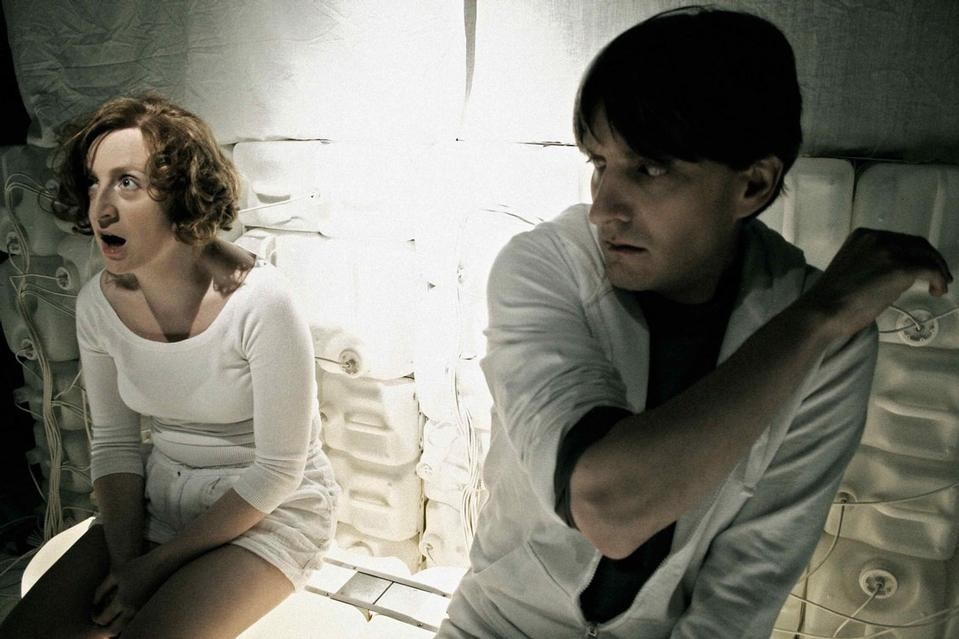
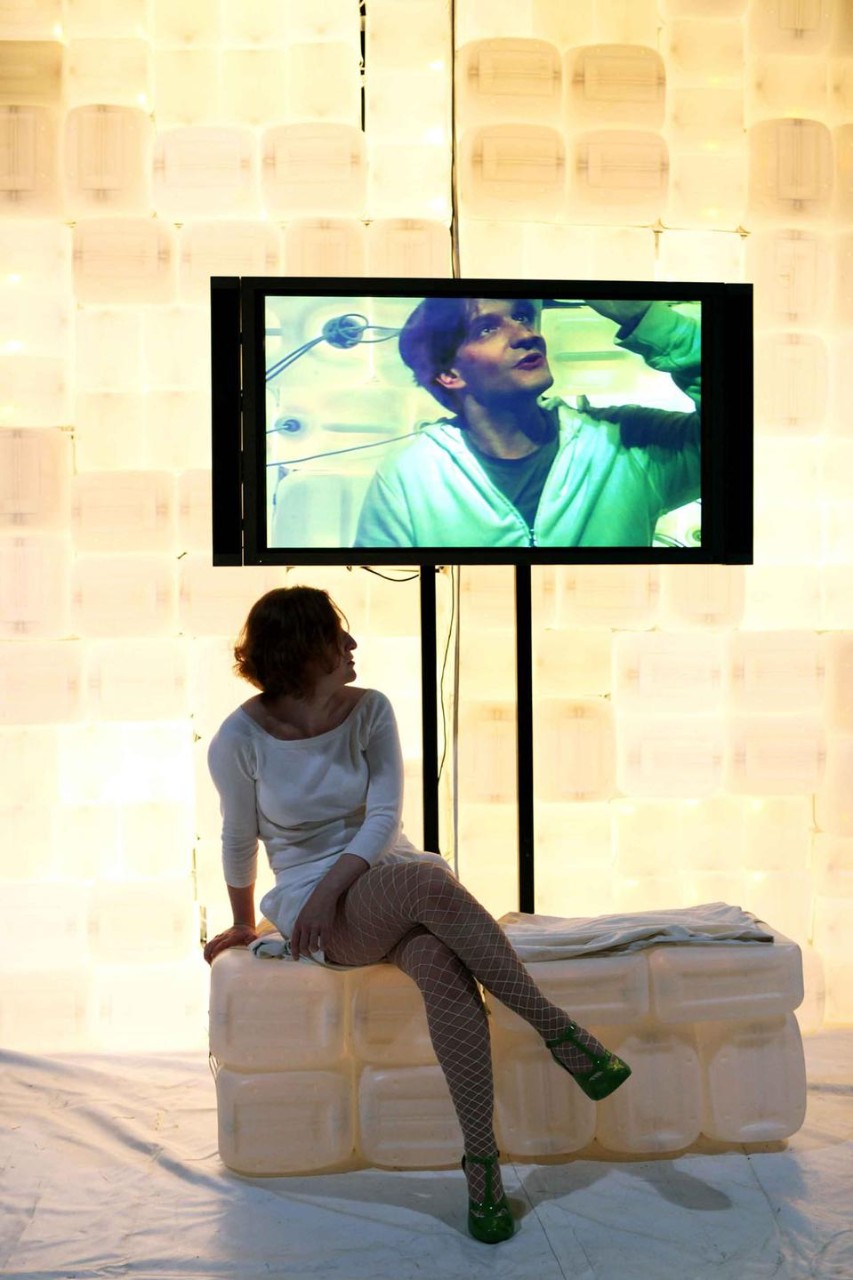
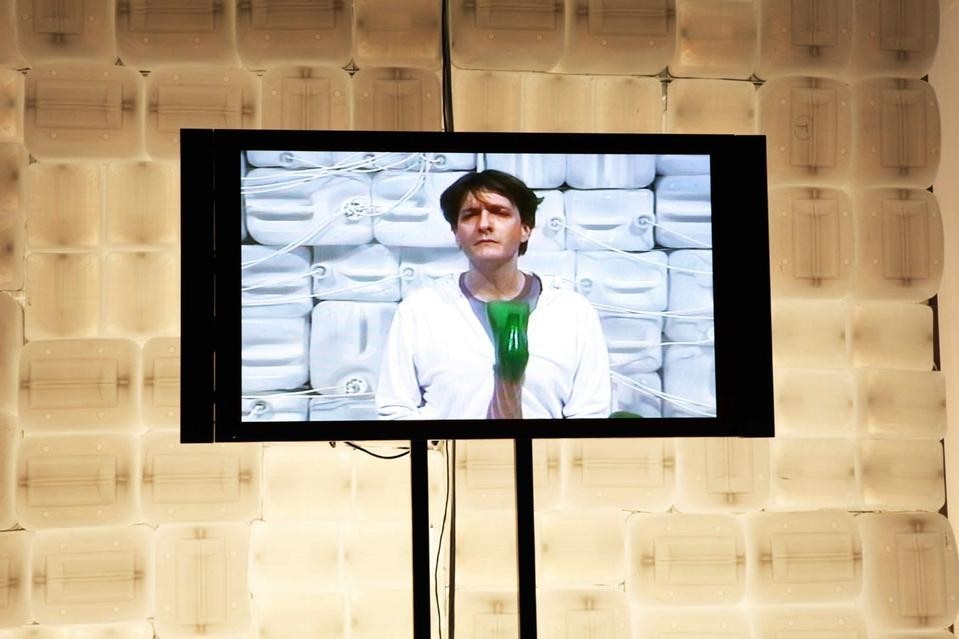
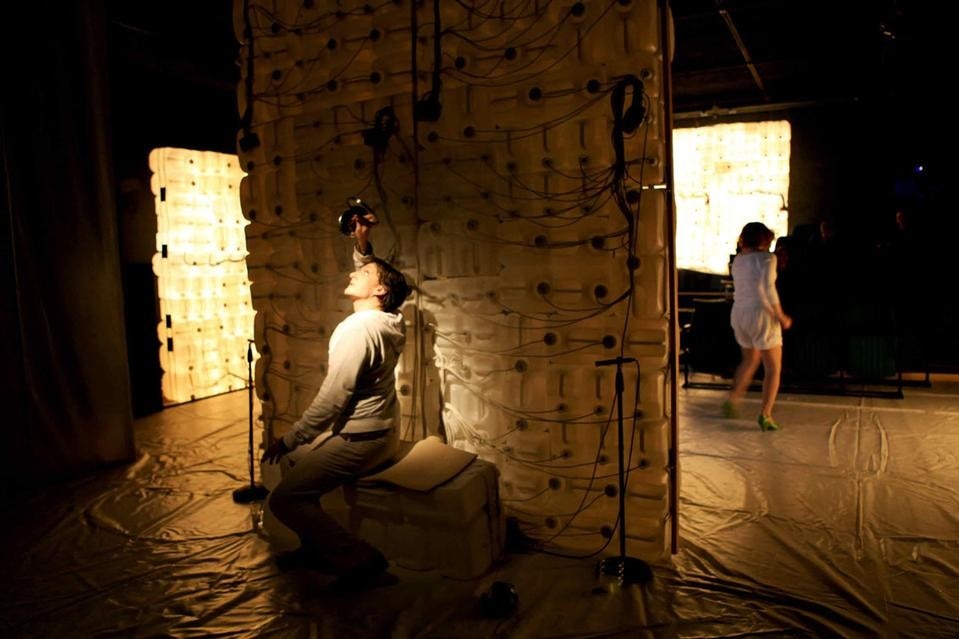
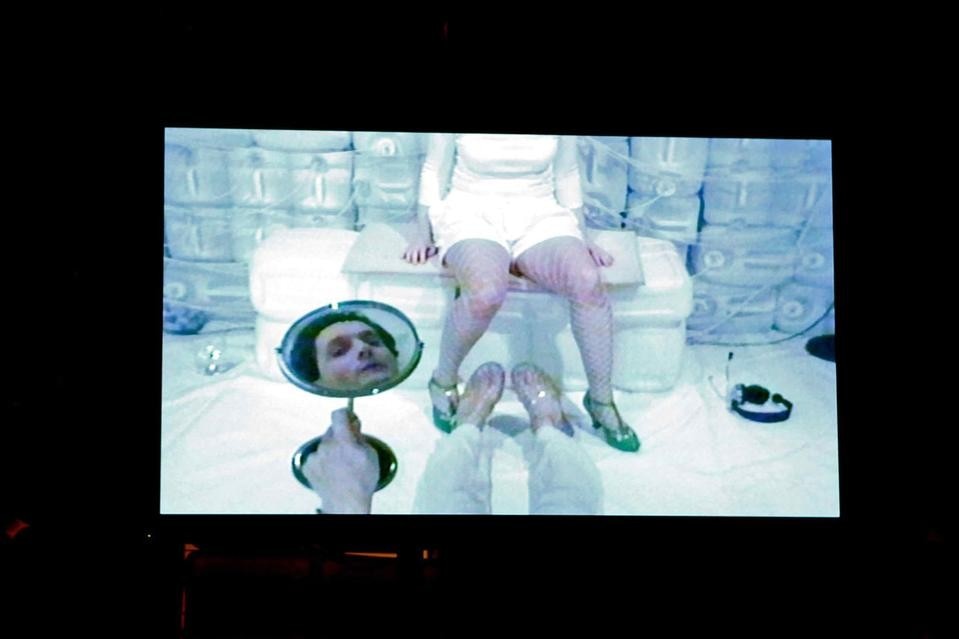
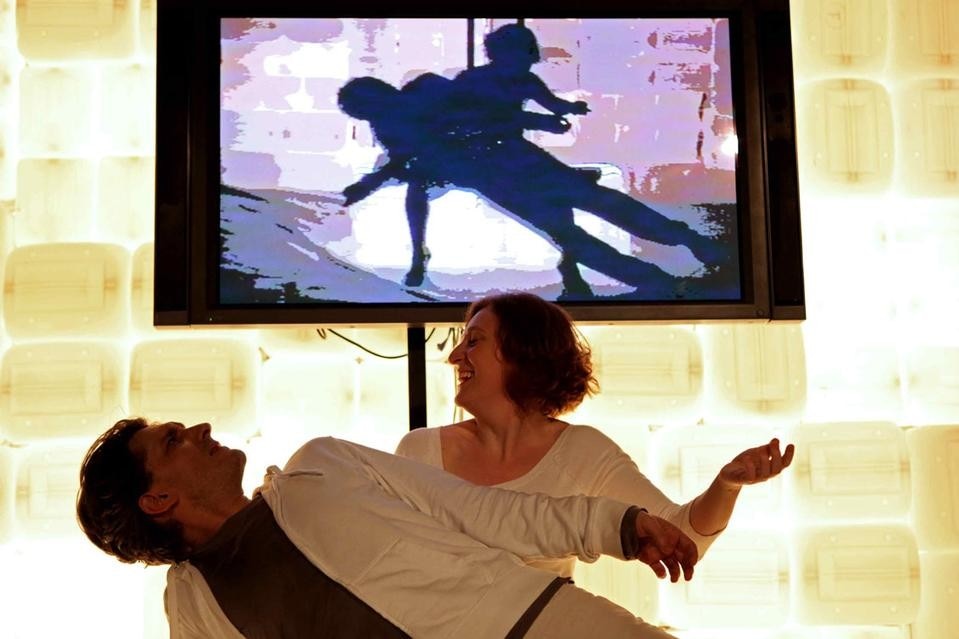
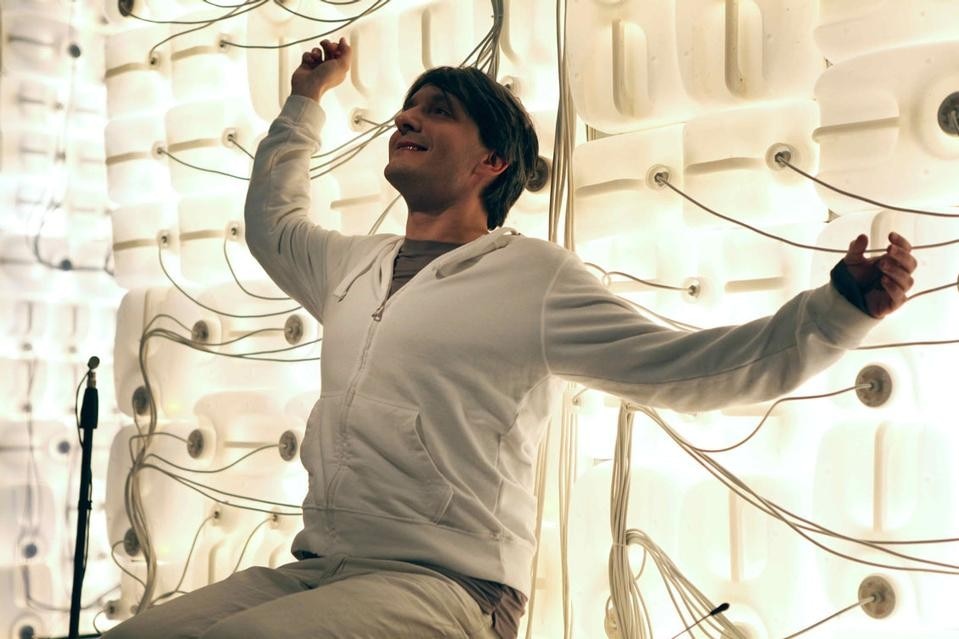
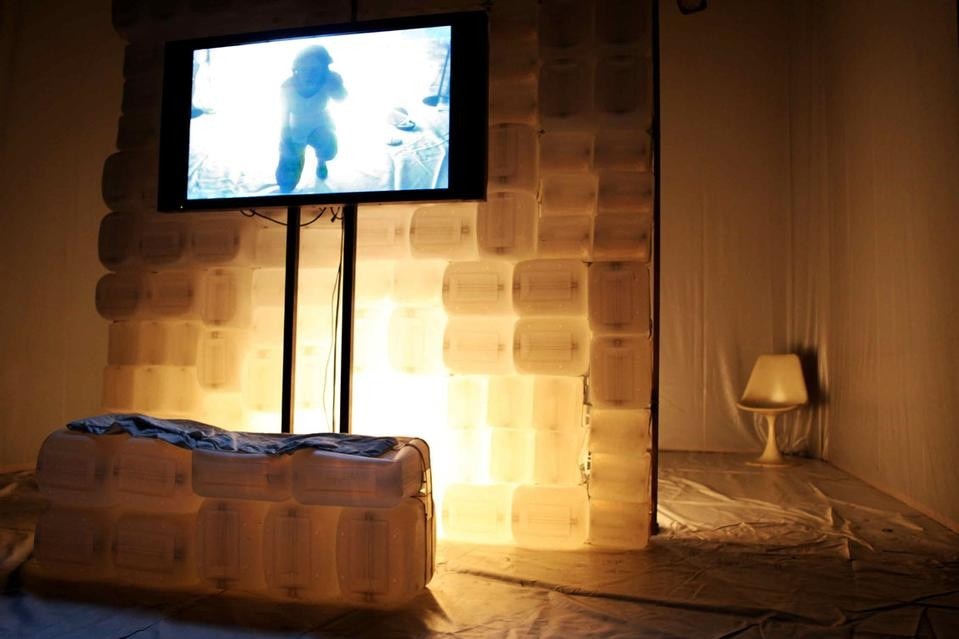
Valentina Bianchi
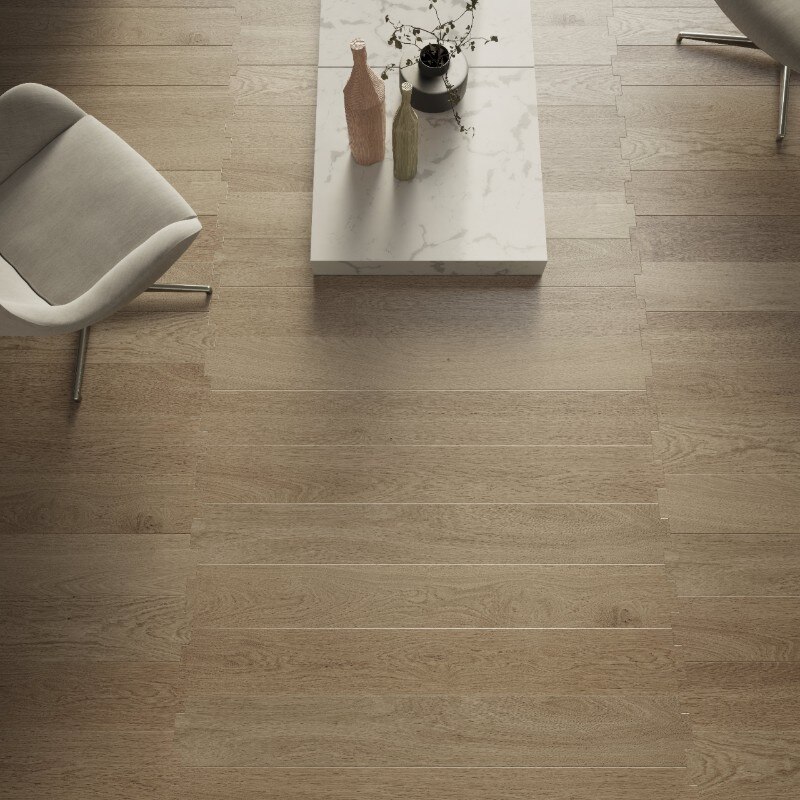
Stitching Wood: Lissoni’s Latest Creation
Part of Listone Giordano’s Natural Genius collection, Nui is a series inspired by an ancient Japanese technique.


